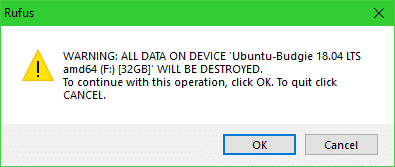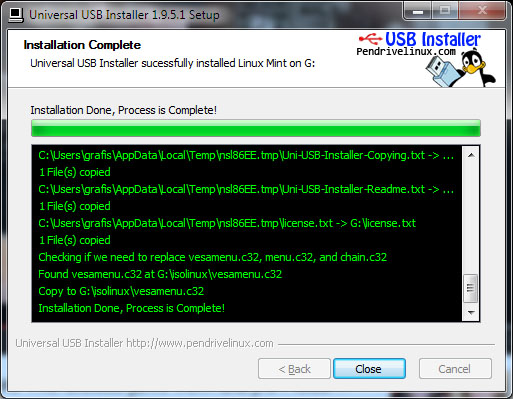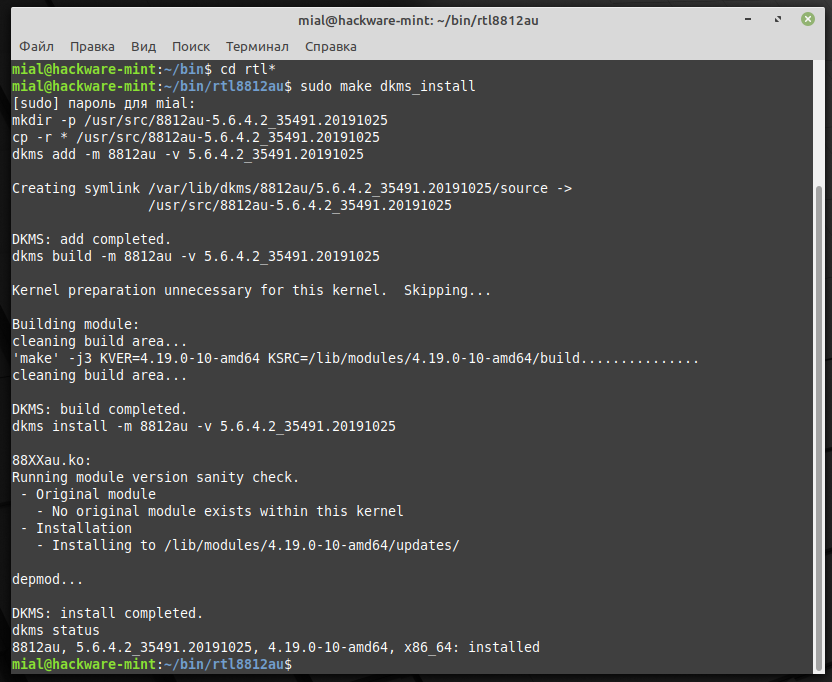

- How to install linux mint from a usb .exe#
- How to install linux mint from a usb portable#
- How to install linux mint from a usb android#
- How to install linux mint from a usb software#

With a pop-up, or you can check for updates by clicking Help > The following video shows each step of the setup procedure when using the recommendedĪs new tools and other APIs become available, Android Studio tells you Follow the setup wizard in Android Studio and install any SDK packages that it.zip file, unpack the ZIP, copy the android-studioįolder into your Program Files folder, and then open the android-studio > binįolder and launch studio64.exe (for 64-bit machines) or studio.exe
How to install linux mint from a usb .exe#
exe file (recommended), double-click to launch it. To install Android Studio on Windows, proceed as follows:
How to install linux mint from a usb software#
We bring the latest tech, software news and stuff that matters.Setting up Android Studio takes just a few clicks.įirst, be sure you download the latest version of Android Studio. Being a persistent USB, all the configuration changes and files would remain intact in multiple booting sessions. Once booted, you can configure your system, create files in USB stick itself. If you want to go back to your existing system, simply unplug the USB and reboot. Please note that while booting from persistent USB, you will not see your existing system’s GRUB at all because it has its own GRUB. You should see the GRUB from the ISO image directly.

Try to turn off secure boot from BIOS and restart. If you are having a latest UEFI BIOS and having secure boot you might find error booting from the device. If everything goes fine, you can see the “Work Done” popup as well as in terminal window. You can keep a watch on the terminal window for the ongoing activities. The whole process would take some minutes depending upon your USB stick, port and size of ISO image. This doesn’t matter if you are using a USB stick worth more than 4GB. Keep the persistent storage percentage to 50 as default. In the next window, select “ upefi” option – this supports UEFI bios with secure boot as well. Be careful on choosing the correct device here because the device would be overwritten and all data will be lost. Next choose the ISO file of the operating system which you want to make as LIVE stick. In the next window, select option – “ Persistent live” -only Debian and Ubuntu.

For persistent USB, click “Install (make a boot device).Īt this point, make sure you have the USB stick inserted in your system. In the next window, mkusb would provide you list of options. You can also see a terminal window behind which you should not close because mkusb runs commands in the terminal window to perform its tasks. Mkusb then prompts you with password dialog to enter admin password so that it can read/write to a block storage. So, this applies to Ubuntu and other its derivatives as well. We will install mkusb in Linux Mint and create a persistent storage of elementary OS’s ISO image (for example) and boot from it. In this tutorial we use mkusb which is used to create boot device, persistent storage and many more.
How to install linux mint from a usb portable#
This is come in handy as it makes your system very portable as in you can just plug in and have your system ready anywhere. That means, when you shutdown the operating system booted from the USB, all of your configuration changes, files, documents are lost.īut if you create a persistent USB using below method, you can use the operating system as if you are using in your laptop/desktop disks keeping your configurations, files everything that you do in your USB. If you have ever created USB bootable stick with Linux ISO images, you know that it is a LIVE USB disk of the respective operating system and changes you do in your LIVE usb doesn’t remain. This article explains the steps of creating persistent USB with Ubuntu, Linux Mint.


 0 kommentar(er)
0 kommentar(er)
